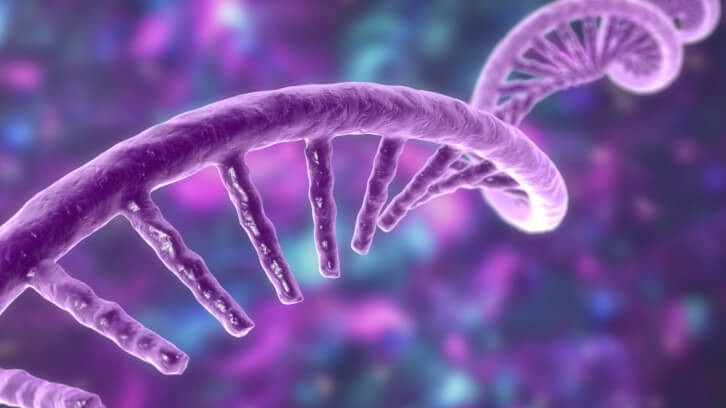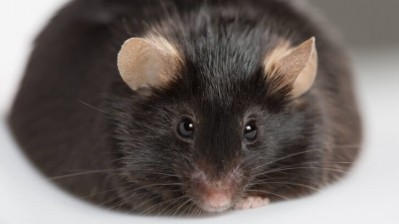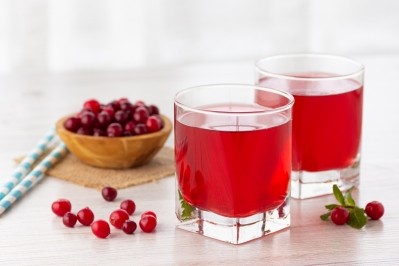Review explores crosstalk between cranberries, gut microbiota and microRNAs

“An emerging body of evidence suggests the presence of a tripartite association between cranberry polyphenols, gut microbiota, and miRNAs,” the researchers wrote in the journal Nutrients. “These interactions are likely to at least partially underlie the beneficial health effects of cranberries.”
The review leads off with a description of the unique chemical structure of cranberry proanthocyanidin (PAC) polyphenols and how they are bio transformed by the gut microbiota, followed by a brief overview of microbial metabolites of cranberry and a discussion of the role of microRNAs in intestinal health and in response to cranberry PACs.
PACs and gut microbiota
One of the few foods rich in A-type PAC polyphenols, cranberries are known for their potent antioxidant and anti-inflammatory properties. The researchers noted that much of the research into their beneficial effects has focused on urinary tract and H. pylori infections, with only a few studies on the microbial response to PACs (despite the increased attention on gut microbiota-derived metabolites as mediators of health effects).
“The relationship between cranberry polyphenols and gut microorganisms relies on the microbial metabolism of polyphenols into smaller molecules and bioactive components that can either be involved in trophic interactions or further metabolized by other microbial taxa that possess polyphenol-associated enzymes (PAZymes),” they explained. “This cascade of microbial activities modifies polyphenol bioavailability and, as a consequence, the intestinal niche.”
Previous mouse model research reported that cranberry extracts and polyphenols significantly modified the abundance of beneficial bacteria such as Lactobacillus and Bifidobacterium, as well as Akkermansia muciniphila. The latter has been suggested as a next-generation probiotic in the context of obesity and diabetes.
“This is aligned with the understanding that cranberry may also exert prebiotic effects, by conferring health beneficial effects to the host via the modulation of gut microbiota,” the researchers wrote.
miRNA as novel target
The third associate implicated in the modulation of polyphenol effects is miRNA, a class of non-coding RNAs that play important roles in regulating gene expression that control both physiological and pathological processes like development and cancer.
“More recently, evidence has emerged supporting a role for intestinal miRNA in host-microbiota crosstalk,” the researchers noted. “We and others demonstrated that miRNA expression is microbiota-dependent in various intestinal regions.”
The review referenced in vitro and in vivo studies that support the capacity of polyphenols to modulate cell functionality through the modification of gene expression and protein levels or by an epigenetic mechanism involving miRNAs. Several reviews (Milenkovic et al., Corrêa et al., and Majidinia et al.) also present miRNAs as interesting mediators in the regulation of polyphenol effects, suggesting that they might be targeted as novel strategy for inflammation and disease.
“The use of miRNAs may open new avenues in clinical studies,” the researchers concluded. “In particular, the study of miRNA signatures in response to cranberry and/or its components in various human samples, such as plasma, urine or feces, in health and disease, may help identifying new biomarkers of administration and response.”
Some potential miRNA candidates that respond positively to PACs: miR-1260b and miR-542-5p (found to be upregulated in colorectal and other cancers), as well as miR-130a-3p and miR-625-5p (known to serve as tumor suppressors).
Source: Frontiers in Nutrition
“The role of intestinal microbiota and microRNAs in the anti-inflammatory effects of cranberry: from pre-clinical to clinical studies”
doi: 10.3389/fnut.2023.1092342
Authors: Amel Taibi et al.
















